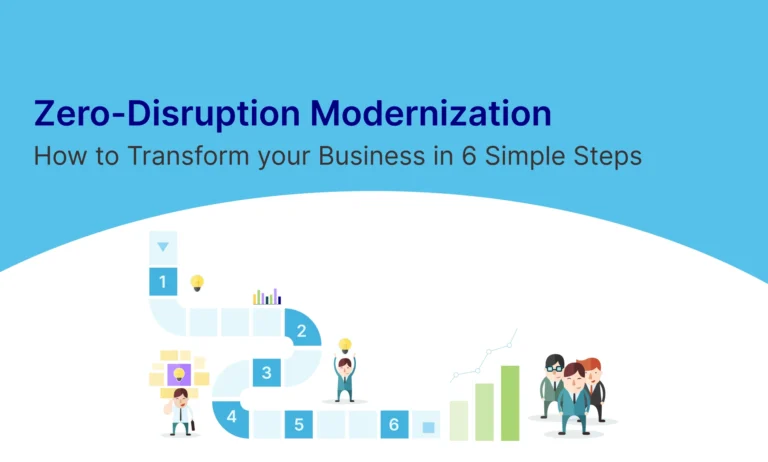Table of Contents
Abstract
In today’s rapidly evolving business landscape, where customer needs and market dynamics are constantly changing, the ability to innovate and adapt quickly is more crucial than ever. For product teams striving to stay ahead, building a culture of experimentation is not just advantageous—it’s essential. This approach encourages teams to continuously test ideas, validate assumptions, and refine strategies based on real-world insights. By embracing experimentation, product teams can foster a dynamic environment where creativity thrives, risks are mitigated, and successes are amplified. This guide explores key strategies and principles to effectively cultivate a culture of experimentation within your product team, empowering you to drive innovation and achieve sustainable growth.
Key Elements to Build a Culture of Experimentation
Building a culture of experimentation in a product team is crucial for fostering innovation, continuous improvement, and achieving optimal outcomes. Here are some key elements to focus on:
- Embrace a Growth Mindset: Encourage team members to adopt a growth mindset where failures are viewed as learning opportunities. Emphasize that experimentation is about testing hypotheses and iterating based on insights gained.
- Clear Objectives and Hypotheses: Clearly define the goals and objectives of each experiment. Develop hypotheses that articulate what you expect to learn or achieve through the experiment. This ensures that experiments are purposeful and focused.
- Supportive Environment: Create a supportive environment where team members feel safe to propose and test ideas. Encourage open communication, collaboration, and constructive feedback among team members.
- Dedicated Resources: Allocate resources such as time, budget, and tools necessary for conducting experiments effectively. Ensure that teams have access to the data and analytics needed to measure outcomes and iterate.
- Iterative Testing: Promote a culture of iterative testing by encouraging teams to start with small, low-risk experiments. Build upon successful experiments and learn from those that do not yield the expected results.
- Data-Driven Decision Making: Base decisions on empirical evidence and data collected from experiments rather than assumptions or intuition. Develop metrics to track the impact of experiments on key performance indicators (KPIs).
- Celebrate Successes and Learn from Failures: Recognize and celebrate successful experiments that lead to positive outcomes. Similarly, treat failures as valuable learning experiences and encourage team members to share insights gained.
- Leadership Support: Ensure that leadership supports and encourages experimentation as a core part of the product development process. Leaders should champion the value of experimentation and allocate resources accordingly.
- Documentation and Knowledge Sharing: Document experiment designs, methodologies, results, and learnings to create a repository of knowledge. Encourage team members to share their findings and insights with the broader team.
- Continuous Improvement: Continuously refine and optimize the experimentation process based on feedback and lessons learned. Foster a culture where experimentation becomes a natural part of how the team operates and innovates.
Byteridge: Your Partner in Cultivating a Culture of Experimentation
At Byteridge, we understand the importance of fostering a culture of experimentation within product teams. Our comprehensive approach is designed to help you implement and sustain an experimentation-driven mindset that leads to long-term success. By leveraging our expertise in agile methodologies, data analytics, and innovative technologies, we empower your teams to:
- Innovate Faster: Accelerate the pace of innovation by providing the tools and frameworks necessary for rapid experimentation and iteration.
- Make Informed Decisions: Utilize our advanced analytics and data-driven insights to guide decision-making and measure the impact of experiments on your key performance indicators (KPIs).
- Foster Collaboration: Create a collaborative environment where team members can freely share ideas, insights, and feedback, leading to more effective experimentation and problem-solving.
- Scale Efforts: Allocate dedicated resources to ensure your experiments are well-supported and scalable, enabling your team to continuously improve and achieve optimal outcomes.
Conclusion
Establishing a robust culture of experimentation within your product team is a cornerstone of modern innovation. By embracing experimentation, teams unlock the potential to discover new opportunities, optimize solutions, and deliver value that resonates deeply with customers. Through iterative testing, data-driven insights, and a supportive environment that values both successes and failures as learning opportunities, product teams can continuously evolve their strategies and products to stay competitive in dynamic markets.
As you embark on this journey, remember that building a culture of experimentation is not just about implementing new processes—it’s about fostering a mindset where curiosity, creativity, and continuous improvement thrive. By making experimentation a core part of the team’s DNA, paving the way for sustainable growth, meaningful innovation, and long-term success.
At Byteridge, we are committed to helping you cultivate this culture and drive your product team towards achieving exceptional results. Let us partner with you to create a dynamic, experimentation-driven environment that propels your organization forward.








